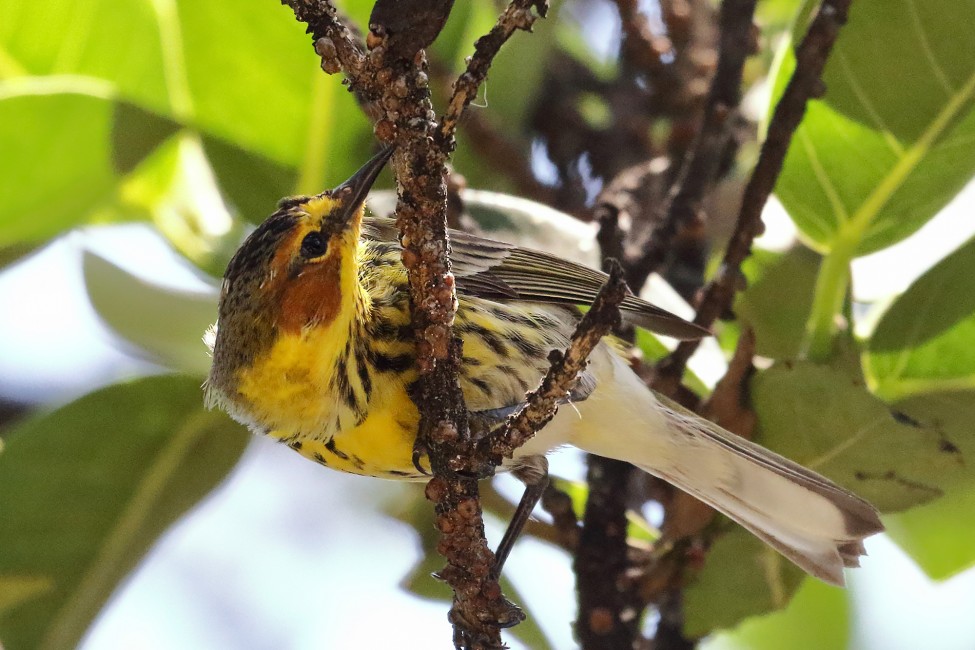
May 16, 2019
The Misunderstood Songbird
- as seen by -
 Jonathan C. Slaght
@JonathanSlaght
Jonathan C. Slaght
@JonathanSlaght In 1751, a warbler landed on a ship in the middle of the Caribbean Sea. Diminutive and yellowish with a distinct blush of red across its cheek, this button of color caught the eye of a ship’s passenger. This was Thomas Stack, a medical doctor who, to the bird’s misfortune, was armed and eager to add new species to the British Museum’s ornithological collection. The songbird never lived to see dry land again.
The Cape May warbler, as this species came to be known, is a bundle of misconceptions wrapped in a tight ball of fluff. Its English name, bestowed by the great ornithologist Alexander Wilson himself, comes from the New Jersey County where one of these birds was shot in 1811. However, it was more than a century before a Cape May warbler was seen there again.
In addition to questionable nomenclature, the Cape May is an anomaly among warblers. When George Edwards first described this bird to science in 1758, based on the carcass sent to him by Dr. Stack, he looked at its bill structure and deduced that it was an insectivore. He was only partially correct. In fact, the Cape May is the only warbler with a semi-tubular tongue, an adaptation that allows it, like a hummingbird, to extract nectar from flowers and juice from fruit with this built-in straw. Outside of winter, like other warblers, Cape Mays do indeed feed on insects.
I saw this bird in Key West, Florida, in early April, a migrant starting the journey north to breed in the boreal forests of Canada. If you’re in Cape May, keep an eye out: it’s not very common there and the migrants don’t linger long. You might even see one at your nectar feeder, alongside the hummingbirds, lapping up the liquid to fuel its onward journey.
Canon 7D Mark II
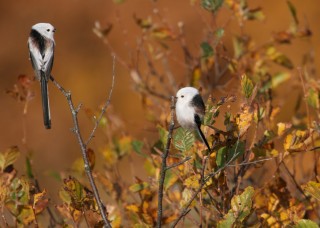
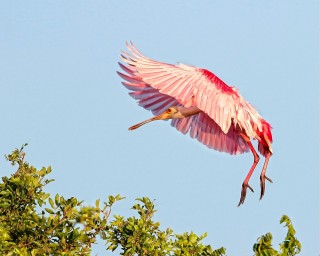
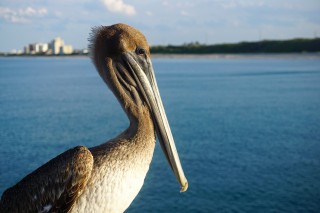
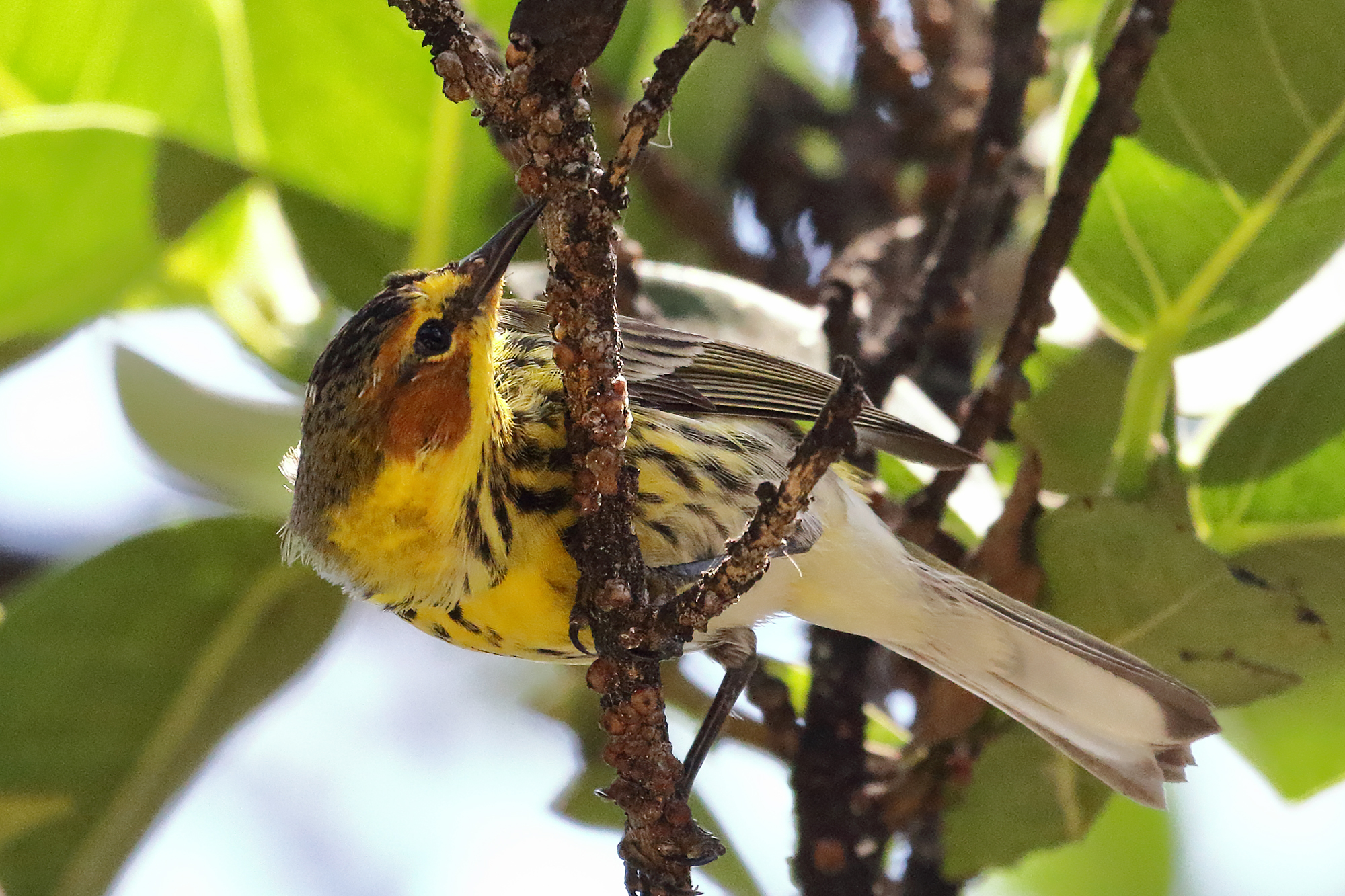
Leave a Comment